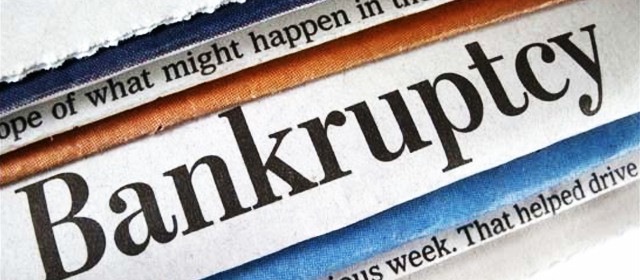In a Chapter 13 personal bankruptcy, you can either stop home mortgage foreclosure or at least briefly prevent it. Chapter 13 works excellent when somebody has a sale date arranged quickly and wishes to either buy themselves more time, stop the foreclosure or keep their home. In this short article, you will find a few of the within secrets to banruptcy and mortgage repossession.
There are 2 types of insolvency, a Chapter 13 and a Chapter 7. A Chapter 7 is an overall financial obligation liquidation and can release you from a lot of customer financial obligation. While a Chapter 13 personal bankruptcy, it is a bankruptcy court approved payment plan where the debtor pays repays a portion of their debts to an insolvency trustee for 5 years allowing the the trustee to pay the debtor’s creditors.
There are a number of aspects of a Chapter 13 personal bankruptcy that work to help people dealing with home mortgage repossession. The very first element is in fact relevant to all bankruptcies. It is called the “automatic.
stay”.
By law, whenever anyone files personal bankruptcy, despite the type of personal bankruptcy, there is an immediate “automatic stay” (automated short-lived stopping) of a lot of civil proceedings against the person filing bankruptcy. Exactly what this suggests is that if someone is dealing with home mortgage repossession and the person submits personal bankruptcy, the mortgage lender needs to right away stop its’ foreclosure action up until it gets consent for the bankruptcy court to continue.
In a Chapter 13, the bankruptcy court will not raise the “automatic stay” and grant the mortgage loan provider authorization to proceed with a repossession until the debtor (the person filing insolvency) fails to make his payments to the bankruptcy trustee. As long as the debtor pays the monthly payments to the trustee and pays his regular home mortgage payments, the “automatic stay” will stay in force and the home loan lender can refrain from doing anything.
The 2nd aspect of a Chapter 13 that works in favor of individuals dealing with repossession is that it permits a debtor to pay home loan arrearage in time, usually 3 to 5 years. In a lot of repossession cases, an individual has not paid his regular monthly home loan payment for several months and the mortgage lender demands full payment of the delinquent monthly payments (arrearage) in lump sum prior to the loan provider will consider stopping foreclosure. Most people can not pay the lump sum.
In a Chapter 13 insolvency, a debtor can pay the arrearage gradually. He does not have to pay all of it at one time. Spreading out the lump sum in time implies paying smaller sized monthly payments till the total arrearage is paid. A creditor can challenge the total up to be paid monthly towards the arrearage, once the personal bankruptcy court approves the payment plan, the lender can refrain from doing anything except take the payments.
A third element of a Chapter 13 personal bankruptcy that helps people dealing with home mortgage foreclosure is that unsecured lenders may be paid a part or all what is owed to them. What this is truly doing is lowering the quantity of financial obligation that a person has to pay back each month. By paying unsecured lenders less each month, there is more cash available with which to pay a protected creditor such as a home mortgage lender. For that reason, it needs to be simpler for a debtor to pay his regular monthly home loan payment.
This is basic info. If you require particular information or have any questions of any nature whatsoever, talk with a lawyer licensed in your state.

